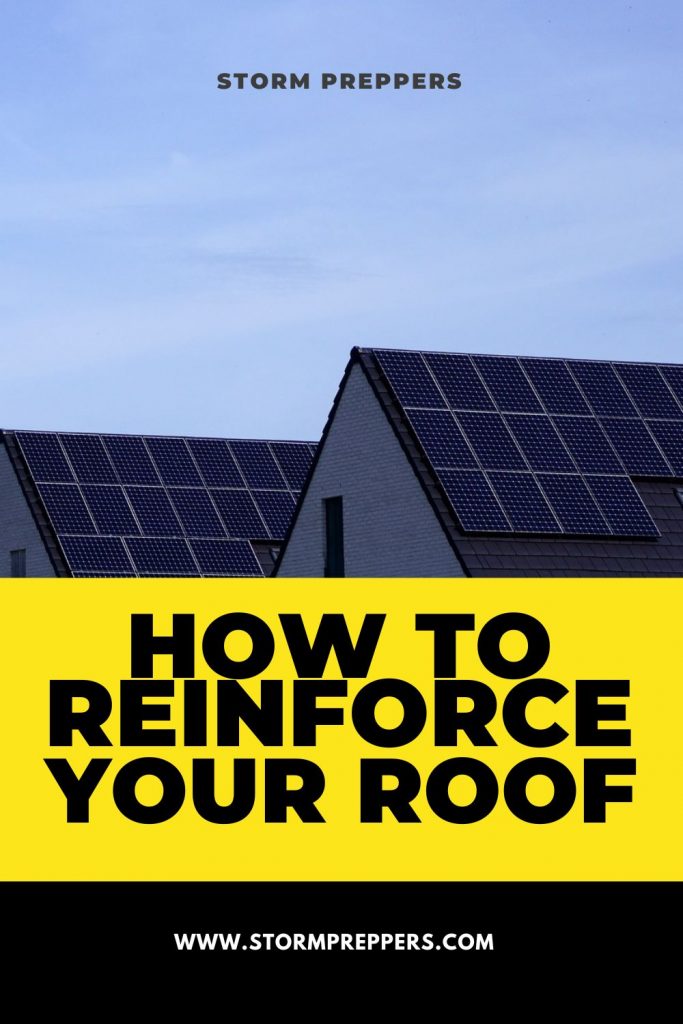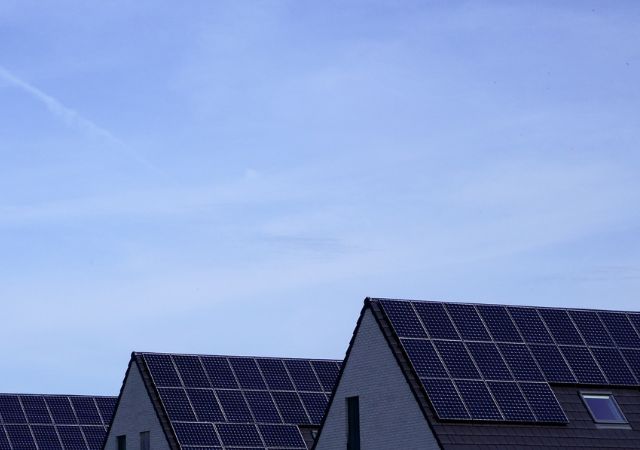It’s that time of year. The forecasts and outlooks have been released, which means that Atlantic Hurricane Season is here. Do you know what to do? Generally, this season begins from early June and lasts till November. So, if you think you have time for all the maintenance that may be required, now is the time to get your hands dirty.
If you are worried about what to do and what not to, this article is for you. In this article, we will tell you how to reinforce your roof and prepare it for the hurricane season.
How to Reinforce Your Roof
Many individuals are afraid of the annual hurricane season because storms can cause a lot of damage. Tropical storm speeds can range from as little as 34 miles per hour up to 73 miles per hour. Particularly strong storms can also create conditions favourable for powerful tornadoes, flying debris that can cause havoc, falling trees and branches, deadly storm surge that can rip houses from their foundations and rip roofs cleanly from structures.
But with the right preparation, you can deal with this season and any season in the future. To ensure that your home can make it through the hurricane season, one of the things you can do is to reinforce your roof as best as possible. Take note of the following tips to maximize your protection.
1. Schedule A Roof Inspection
A roof inspection is not one of your regular handyman tasks, so you will need an expert by your side. This is the time to call in your roofing expert for guidance. He can tell you if your roof is stable and if it is adequately protecting your home from the elements.
The main reason for calling in an expert is because you are less likely to identify minor problems. But when you hire a professional roof expert, they can spot problems that you may not be able to pinpoint. Getting your roof inspected before the season gives you ample time to deal with any problems and fix them in time.
2. Conduct Roof Repairs
If you find any problems like loose tiles or weak metal sheets, get them fixed immediately. Tiles and metal sheets can cause even more damage once they become loose.
Furthermore, if they get misplaced, your roof will be open to much more damage as they are no longer in their place to protect a particular spot. When it comes to surviving a hurricane, you should always prioritize your roof as it is the primary line of defense that safeguards your home during these seasons.
A professional roof expert will likely point out any problems. Remember, it is your responsibility to get them fixed while you have time.
3. Install A Secondary Water Barrier
When the hurricane season approaches, installing a secondary water barrier is necessary. The secondary water barrier is a backup system that keeps your house safe from water intrusion. This preventive measure safeguards the roof’s interior, and its underlayment is blustered away during the hurricane.
You should never count on the roof and its underlayment alone because it’s a hurricane that you are dealing with. Remember, hurricane speeds can range from 74 miles per hour up to and beyond 157 miles per hour and these storms have the potential to bring lots of rain, wind and thunder and lightning.
So, you should do everything in your power to keep yourself, your family, and your belongings safe.
4. Clean Gutters and Downspouts
Another way to reinforce your roof is to pay attention to your gutters and downspouts. You should get your gutters and downspouts fixed when you know that hurricane season is approaching. You need to clean the roof gutter because that would be incredibly helpful in reducing the overall roof damage and preventing water from getting in through roof joints. These gutters should be clean enough to channel out the water efficiently.
Prepare well enough to counter the hurricane, or else there is a chance for you to lose a lump sum amount of money in repairs.
5. Install Hurricane Straps
Hurricane straps are small, yet powerful metal straps that connect rafters and trusses and secure the roof to the ceiling. The grip is so tight that it can prevent the hurricane-speed wind from entering and blowing off the roof.
These straps are simple, yet valuable engineering advancements. Their effective designs and function make them some of the most superior items to safeguard your house. If you already have hurricane straps installed, call an expert to inspect them to ensure that they are still effective. If you do not have them, get them installed right away.
6. Remove Debris From Around the Home
Whether it is hurricane season or not, consider clearing out the debris around your house. Debris around your house can potentially affect your safety, and in the event the wind speed is too high, it can overpower anything.
Objects flying in the air during a tropical storm is an extremely dangerous phenomenon. Debris can severely damage your roof, home and even injure or kill someone. If you have any furniture, tools, plant pots, or any other items outside, consider moving them inside. The aim is to reduce the number of possible hazards that can become missiles during a storm.
If you do not place them in a safer place, these are more likely to act as projectiles by coming in contact with the wind, showering damage on the roof, and the other parts of your house!
7. Trim Trees Near The Home
Sometimes the wind speed is so powerful that it can uproot trees in just a moment. And the most common result of a hurricane is a fallen tree and fallen branches. So, while you have the time to safeguard your house, consider removing or trimming the large trees around your house.
The shade does feel pleasant during the hot days, but if a large tree falls on your roof, you would not like it, trust me on this. Also, when the gigantic branches rub against the roof, they can cause severe damage. So consider trimming back the branches to prevent severe damage to your rook and home.
8. Review Insurance Policies
During hurricane season or any other extreme weather conditions, you need to store all your essentials safely and sound in an accessible place. If these vital documents get lost in any way during the passage of a hurricane, it will be very time consuming to retrieve them.
Losing valuable documents like warranties personal information never ends well and is headache that should be avoided. So, while you have the time, review those documents, make digital copies, and store them in a waterproof container in a safe place.
9. Purchase A Roof Tarp
When it comes to maximizing safety during hurricane seasons, you should always have a heavy duty roof tarp at your home. In addition to working well in some hurricane emergencies, roof tarps have many other uses.
A large tarp can be easily placed over the roof and can act as an excellent barrier between the roof and nature. This tarp can also safeguard the roof from flying debris and extreme weather conditions.
Tarps also come in handy in covering pools, sheds, and other equipment. Also, some high-end tarps are built with impact-resistant materials.
10. Conduct Regular Roof Maintenance
The roof needs serious attention, as it provides the safety you need. If it gets damaged with a single leak or crack, you may think it is minor, but it can lead to dangerous outcomes. Extreme weather conditions can aggravate the smallest leak or crack.
Now, if you suspect that some tiles have loosened or are leaking, you should get in contact with a roofing expert as soon as possible so that he can help you fix it as soon as possible.
During the year, you should conduct routine roof maintenance to avoid huge repair costs. Recurring costs are a lot less than the costs for repairing significant roof damage.
Do not skip roof maintenance.
Conclusion
Now that you have read about what you should do, it’s time to get going. Hurricanes are approaching, and wasting time and energy on something less productive can prove to be harmful and detrimental. Follow the guidelines, do the best you can, and prepare accordingly.






